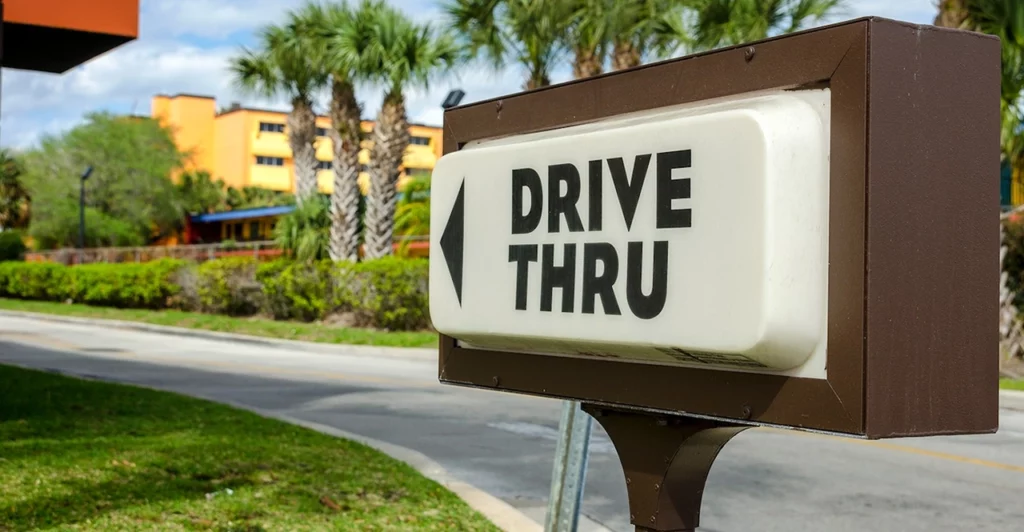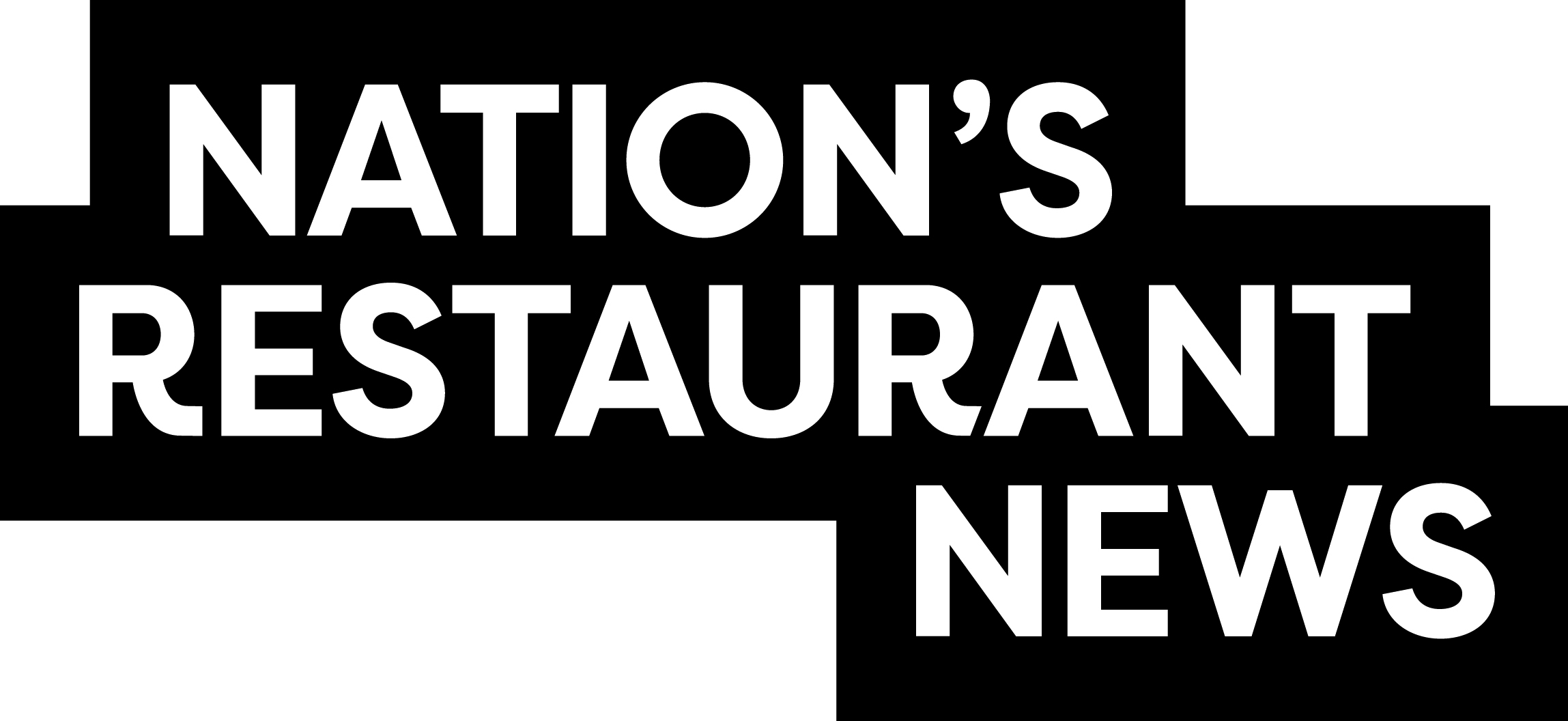Tech Tracker: How the next generation of voice AI is getting smarter
Soundhound pushed out its NextGen platform, and new industry players like Eva AI have entered the voice AI game.
18 March 2025
Share this exclusive content from Saladplate

Drive-thru is not the only place where voice AI technology is evolving.| Photo Credit: NeonJellyfish/iStock/Getty Images Plus
Voice AI has become the most buzzed-about technology upgrade in the restaurant industry over the last several years. With some of the biggest players like Soundhound pushing out new tweaks and updates, and new voice AI competitors entering the scene, like Incept AI and Foreva.AI (Or Eva, for short), it’s time to round up the latest updates in the voice AI industry.
This issue of Tech Tracker will break down some of the hallmarks of next-gen voice AI, including the debate between human in the loop vs. human out of the loop technology, and if it truly is better for AI to be totally automated. Plus, in the wake of criticism from real-life voice AI fails, tech companies are constantly trying to improve their voice AI accuracy ratings and expand the types of conversations these automated models can actually have.
In other news this month, the drive-thru lane isn’t the only place where AI developments have taken place. There are also new tech vendors specializing in AI-boosted supply-chain developments.
Tech Tracker rounds up what’s happening in the technology sector of the restaurant industry, including news from restaurants, vendors, digital platforms, and third-party delivery companies. Here’s a breakdown of what you need to know and why:
Soundhound releases next-gen AI platform
Soundhound announced the release of its new next-generation voice AI platform, which takes the company’s automation capabilities to the next level with cross-platform connectivity. Soundhound has built omnichannel access across drive-thru, call-to-order, text-to-order, scan-to-order, and in-vehicle ordering.
The voice AI tech company has also evolved from human in the loop, to no-human-needed technology.
“SoundHound’s voice AI is fully automated, delivering high-quality interactions without the need for human monitoring or guidance as it interacts with guests,” a company representative said. “That’s because we’ve spent years refining our in-house automatic speech recognition technology to meet the highest standards for both businesses and consumers, ensuring a frictionless ordering experience.”
The company said it envisions a future where customers will be able to use voice ordering for anything, from appointments to tickets, just by speaking naturally.
Kea announces DIY voice AI with smaller brands in mind
Voice AI technology company Kea recently announced the release of its self-service voice AI tool, which aims to “democratize access to fully automated voice technology” by appealing to smaller chains with fewer tech resources at their fingertips.
“Previously, only enterprise brands could use voice AI, and it would take about three to six months just to set it up,” Adam Ahmad, founder of Kea, said. “We’ve automated a lot of those processes. You can connect your Toast account, and the voice agent would be built in the background … We’ve also been able to dramatically reduce the cost such that any restaurant can afford it, even with one to five locations.”
The DIY part of this voice AI system comes from operators being able to input customized instructions manually for the AI, like special pronunciations for menu items, or input holiday hours, or editing the AI greeting during a special time like the Super Bowl, when the voice AI agent can answer questions about whether or not the restaurant is showing the game on TV right now. Ahmad said you can even name the voice AI agent.
“The status quo for many voice AI companies is that you need an engineer to update this stuff, and now we’re putting that power back into the operator’s hands,” Ahmad said.
Eva is another new voice AI competitor
Although the voice AI space has become a competitive subset of the foodservice tech industry, new companies are entering the arena. For example, NRN previously wrote about Incept AI as a new voice AI company known for its very high 97% accuracy rating.
Another new voice AI company is Foreva.AI (also known as Eva), which aims to automate orders placed by phone, as well as reservation requests and other customer inquiries.
Unlike other competitors, Eva chooses to keep a human in the loop and currently has a 95% accuracy rating.
“While Eva handles taking orders, answering questions, and managing reservations, we keep the restaurant in the loop when it matters most,” an Eva representative said. “For example, if a customer is upset or a situation becomes unusually complex, the system intelligently escalates the call to the restaurant, where a human can step in when needed.”
In the future, Eva will be adding more capabilities, including customer relationship management analytics, end-to-end ordering and delivery integration, as well as extension to other omnichannel services like drive-thru and text ordering.
Choco and Grubmarket are using AI to automate the supply chain
Choco recently announced the release of Autopilot, an AI tool that aids in food distribution throughout the restaurant supply chain, by allowing wholesalers to automate orders to restaurant customers.
“Autopilot eliminates the manual tasks that slow teams down,” a Choco representative said. “By automating routine order review, distributors get back valuable time to focus on higher-impact activities like finding new customers, upselling, and strengthening customer relationships.”
Grubmarket likely is looking to improve the use of AI in the food supply chain with the release of the AI Model Configuration and Enterprise Dictionary for GrubAssist AI, which allows food supply companies to directly train the AI assistant to “rapidly learn and adapt to not only industry-level context but also business-specific concepts and terminology.” In other words, Grubmarket wants its AI assistant to understand supply-chain lingo thoroughly and acronyms so it’s easily usable.
“Users can speak their prompts naturally to GrubAssist using common names and expressions for products, commodities, customers, vendors, warehouse locations, etc., using text-based chat or hands-free voice mode,” Grubmarket said in a statement. “The AI seamlessly translates this common language into complex, technical database queries that map to custom terms and codes in the database.”

Source: Nation’s Restaurant News



